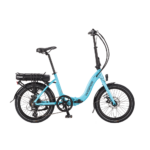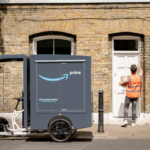Given that the battery in question is rated at circa 500 recharge cycles, would it make any difference if that comprised 50 per annum over 10 years or 500 over one year?
Or is a ten year life out of the question because of chemical deterioration? Do 500 charges to full capacity from half charge take the life of the battery to likely exhaustion or would it take 1000 half charges?
So many interesting questions that probably have no definitive answers.
There are some definitive answers with lithium batteries, delending on usage conditions. With the exception of lithium iron phosphate, if used under tyical e-bike conditions they chemically deteriorate whether used or not, generally limiting their life to around two to three years.
There are variations:
1000 half charges is only roughly pro rata to 500 full charges since there is some loss of life due to cell stress as full charge is approached. Obviously that's twice the stress for the 1000 part charges.
A battery used only between 20% and 80% of charge, never being completely emptied once conditioned and never being taken to full cell charge can last for much longer. When only one seventh of the charge is gently and slowly used between those points each day, the battery can last for up to ten years of daily charging. That's how those in satellites are run, but not practical for e-biking of course.
The Panasonic battery has a sleepmode which disconnects the internal BMS electronics typically after a couple of weeks of not being used. That stops the small current drain of the circuit which reduces the chemical usage of the battery, making it last a bit longer.
Lithium iron phosphate ( LiFePO
4) can last from double the normal lithium life of other types up to about ten years in theory, but that has yet to be proved in practical circumstances.
.






